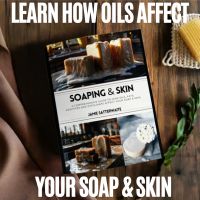This post may contain affiliate links, to learn more about them, check out our Disclosure.
Beginners Guide on How to Avoid Soaping Mistakes
Soaping can feel a little overwhelming. I can not tell you how many times people have said they were scared to soap because lye scares them. But, with the right preparation and attention to detail, it can go smoothly. The key is to not let it stress you out. So, in order to avoid soaping mistakes, here are a few tips and tricks.
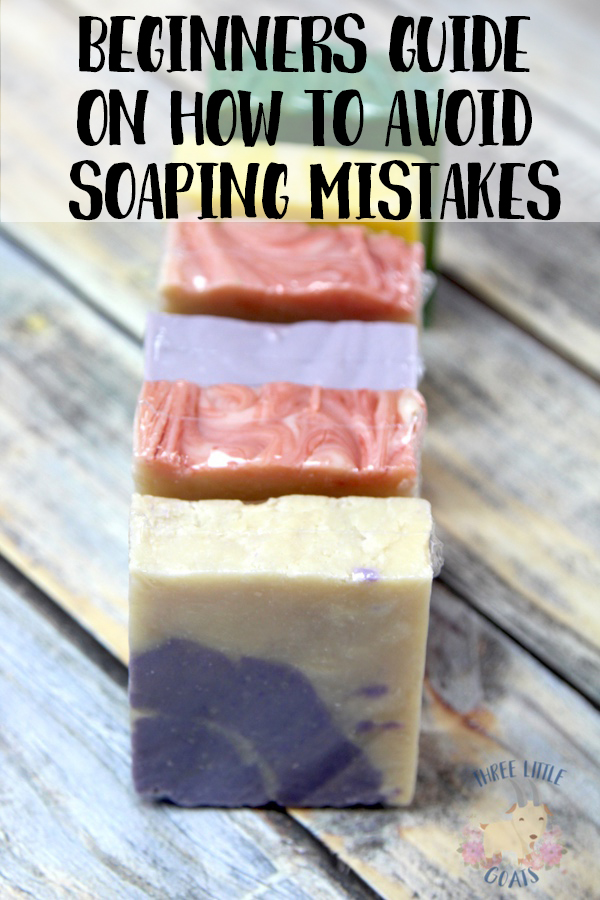
Safety Gear
The easiest way to avoid getting hurt when soaping is to ensure you wear the right protective gear. These things include:
- Eye Protection
- Gloves, they can be kitchen gloves, or even just nitrile gloves
- Long Sleeves
- Pants
- Closed Toes Shoes
- Face Mask (or work in a very well ventilated room)
While this may seem intimidating, the best way to avoid a lye burn is to ensure that your skin is covered.
When mixing lye into water, it heats up and gives off very strong fumes. This is why you need to wear a face mask, and NEVER look into the container from above. These fumes can do damage to your repertory system, and it does not feel good. Once your lye water solution is mixed, you really do not need to use the mask anymore.
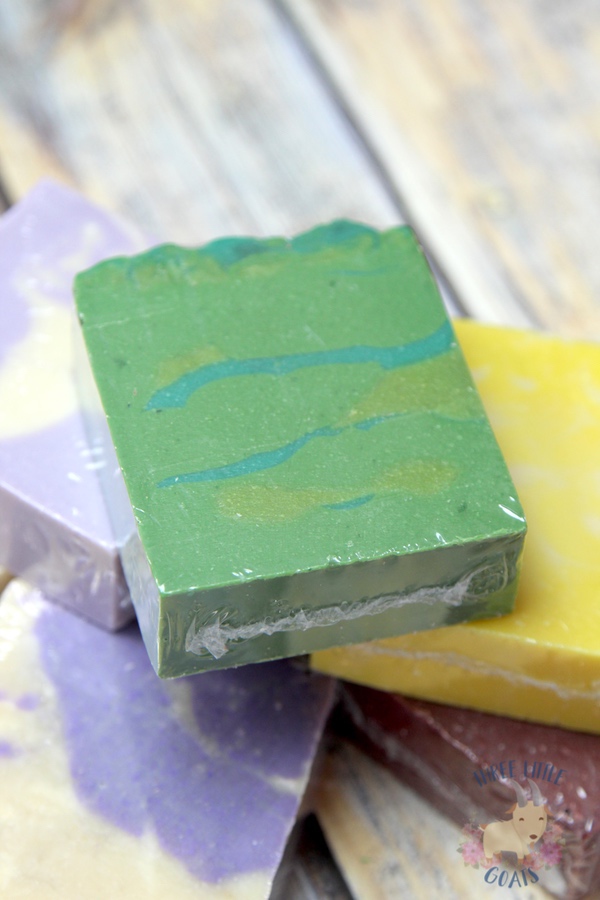
Measure Twice
One of the easiest ways to create a total soap fail is to measure your ingredients wrong. You always want to weigh out your ingredients, grams are the most accurate, but ounces will work also. You never want to measure by cups to tablespoons, which will ensure a soaping disaster. Either your soap will be too lye heavy, or it may never set at all.
I prefer to use a good, reliable kitchen scale to weight out my ingredients.
No matter where you get your recipe from, it is always good to double-check it before starting. One decimal point off could result in disaster. Places like BrambleBerry.com have a very easy to use Lye Calculator.
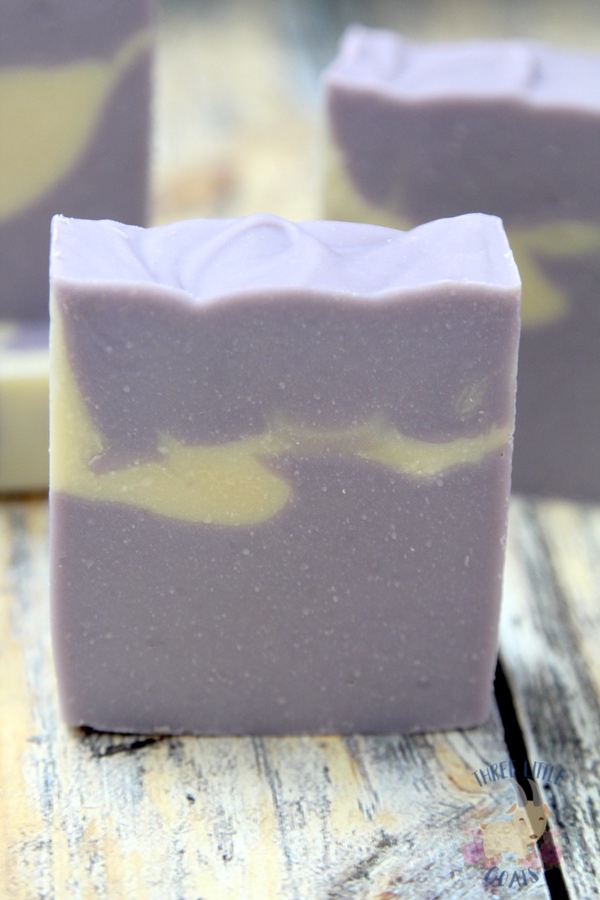
The Right Ingredients
This touches on measuring twice. When gathering and pouring your oils and butters, always be sure to check you are using the correct one. Having your recipe printed out next to you can help. Mark off each ingredient as you pour it, that way you can ensure you have everything correct.
Water makes a big difference as well. Not all water is created equal; this is especially true for tap water. Both city and well water can have minerals and impurities in it that can result in unexpected results in your soap. This is why you will notice a lot of soapers will say to use Distilled Water. You can generally find it for under $1 at your local grocery store.
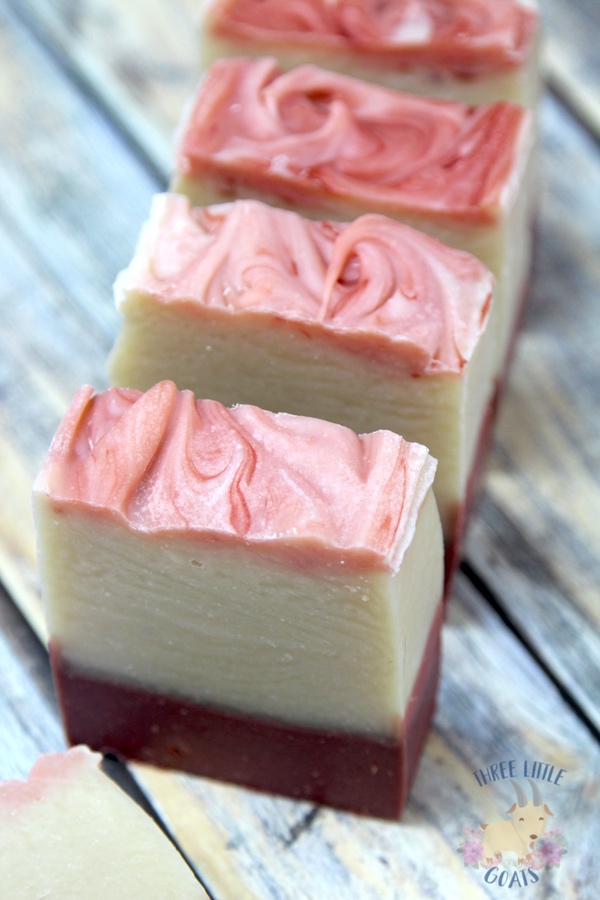
The Right Tools
There are some basic tools that every soaper needs. These include:
- Bowls
- Spatulas
- Stick Blender
- Thermometer
These tools need to be separate from your kitchen utensils. I like to label mine for soap only. That way they are easy to find, and no one in the house accidentally uses the wrong ones.
A stick blender is a soapers best friend. You can find them relatively cheap online, or even at a second hand store. Trying to mix soap by hand is not only daunting, but with some recipes, nearly impossible.
The thing to keep in mind when collecting your necessary tools is that you need to avoid metal and wood. The only metal that is safe to use while soaping is stainless steel. Also, the lye will destroy wood very quickly. So, stick with silicone spatulas and plastic or glass bowls.
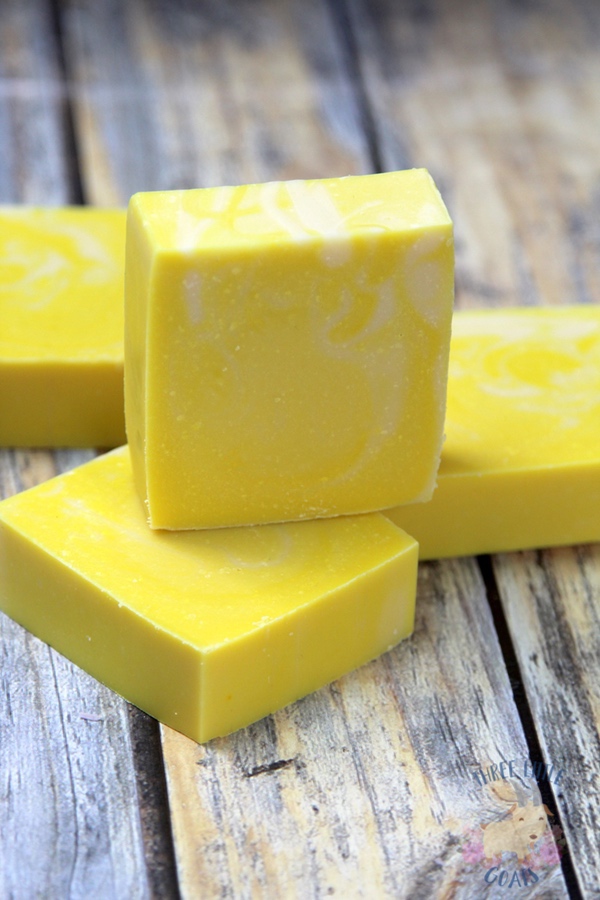
Lye Safety
The first rule of thumb when it comes to lye is to always wear your safety gear. The second rule is to never, ever, pour your water into your lye. Always slowly pour your lye into your water.
When you first add your lye to your water, the water will become cloudy. This is normal. As you stir the solution, it will become clear again. I prefer to always mix my lye water in a clear glass container, this way I can have a visual to make sure all of the lye has completely dissolved.
Don’t Dwell on the Temperature
A lot of people will obsess about the temperature of their lye water and oils. I find that the best window to work at is between 70 degrees and 100. They lye water and oils do not need to be the exact same temperature, but they should at least be in the same ballpark. While this may not really be one of the big soaping mistakes, it can stress you out, which can result in other mistakes.
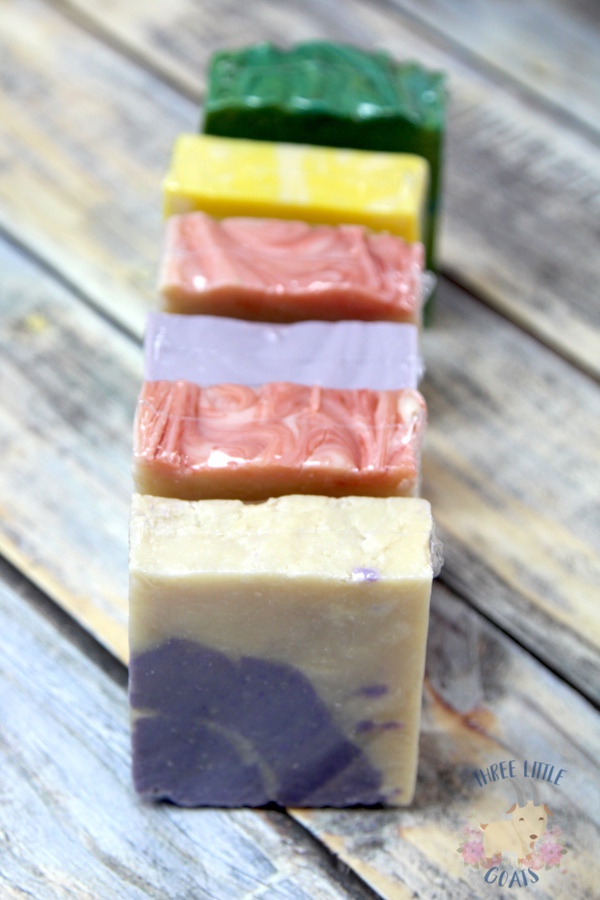
Have Fun
The most important thing to remember when making soap is: HAVE FUN! While you may come encounter soaping mistakes in the beginning, you should never stress about it. Making soap is my stress relief. If you watch my YouTube Channel, you will know that I love mixing colors and fragrances and just experimenting in general. I find that when you stress out when making soap, you make mistakes. Just relax, start off with a basic soap recipe to get the hang of things and just have fun! Want a basic and easy to work with recipe? Check out our Pink Lemonade Soap.


